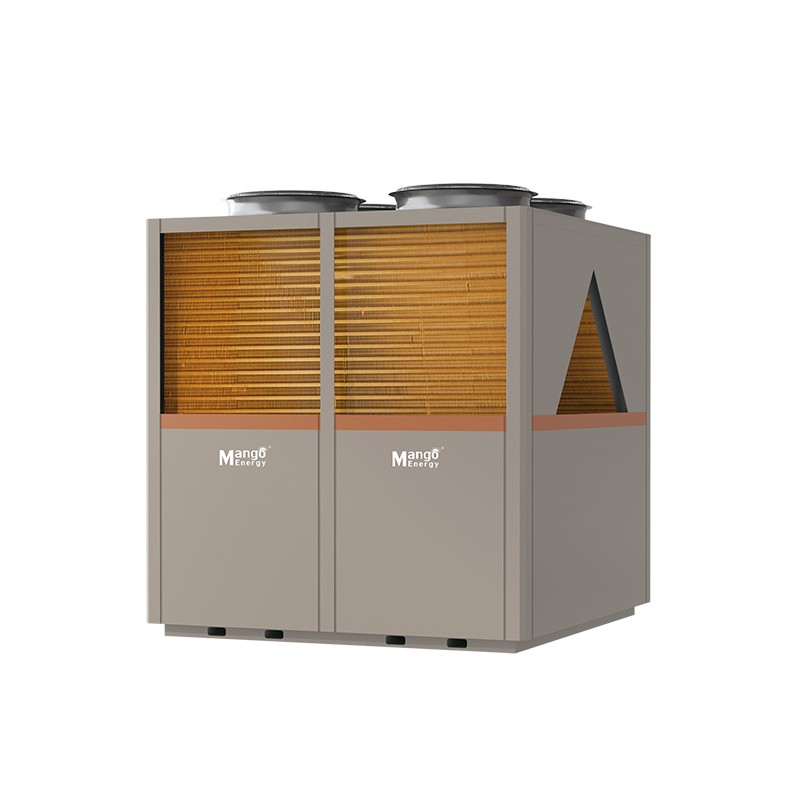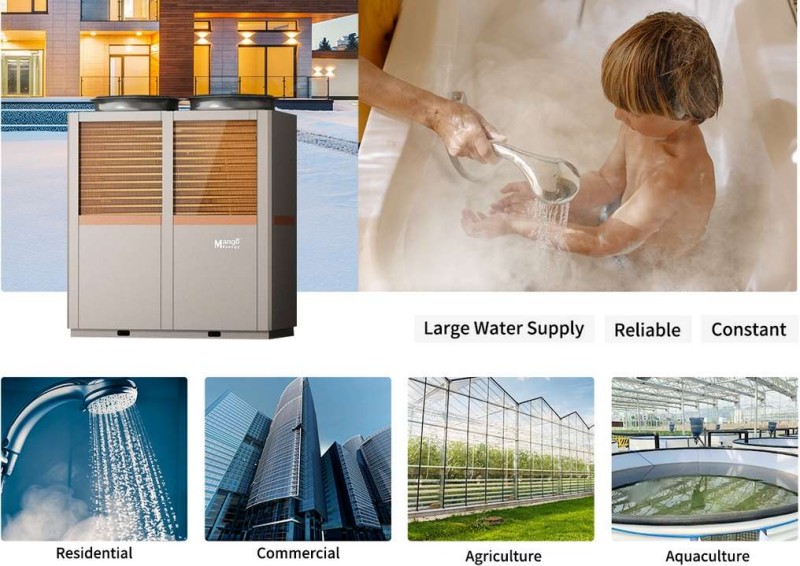
As the construction industry increasingly embraces sustainability, air-source heat pumps have become a preferred solution for residential green building projects. These energy-efficient systems offer a cleaner alternative to traditional heating and cooling methods and play a crucial role in helping developers meet internationally recognized green building certifications such as LEED, BREEAM, and Passive House standards.

Air-source heat pumps (ASHPs) operate by transferring heat between the indoor and outdoor environment. In winter, they absorb heat from the outside air and move it indoors; in summer, they reverse the process. Unlike fossil fuel-based systems that generate heat through combustion, ASHPs use electricity to move existing heat, making them significantly more efficient and environmentally friendly. One of the core advantages of using ASHPs in green buildings is their impressive energy efficiency. Most high-performance units have a coefficient of performance (COP) of 3.0 or above, meaning they produce three units of heat for every one unit of electricity consumed. This level of efficiency directly supports energy-saving goals outlined in green building programs and reduces overall carbon emissions. ASHPs also integrate well with renewable energy systems, especially solar power. When paired with rooftop solar panels, an air-source heat pump can operate on clean energy, reducing dependence on the grid and contributing to net-zero energy goals. This combination is particularly beneficial in regions where government incentives support solar and sustainable HVAC adoption.

Modern green building certifications place a strong emphasis on using low-impact mechanical systems. Air-source heat pumps meet this requirement through the use of low Global Warming Potential (GWP) refrigerants like R-32 or R-290, which are safer for the environment compared to traditional refrigerants. These features help building projects earn points across multiple green certification frameworks by reducing environmental impact and improving indoor environmental quality. For residential developments, air-source heat pumps offer both environmental and practical benefits. These systems are compact, quiet, and require minimal maintenance. They can also be zoned, allowing for customized temperature control in different areas of a home—enhancing comfort while reducing energy waste. For developers, this means higher property value, improved marketability, and easier compliance with government regulations on sustainable building. In terms of green certification contributions, ASHPs help meet several LEED categories, including Energy and Atmosphere, Indoor Environmental Quality, and Innovation in Design. BREEAM assessments award points for energy efficiency and low-emission systems, while Passive House standards require high-performance heating and cooling solutions that ASHPs can easily fulfill.

Architects and builders looking to future-proof their projects are increasingly choosing air-source heat pumps not only because of their efficiency but also due to their adaptability to various climate zones. Whether for single-family homes, apartment buildings, or eco-villages, ASHPs provide a scalable and sustainable heating and cooling solution. For homeowners and developers committed to sustainability, air-source heat pumps represent a smart investment in both environmental responsibility and long-term cost savings. They reflect a shift toward smarter, cleaner living and align seamlessly with the principles of modern green architecture.
If you're planning a residential project with sustainability goals in mind, consider integrating air-source heat pumps from the design phase. The earlier they’re considered in the project lifecycle, the more impact they can make in reducing energy use, improving comfort, and supporting long-term green building performance.


